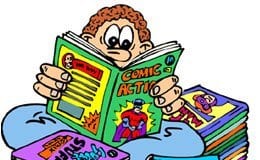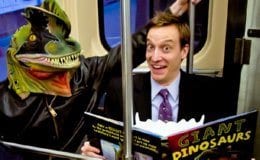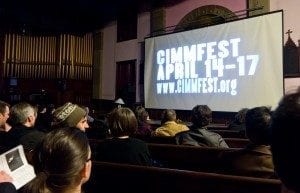
Down and out in Manhattan
Can this generation, growing up on mobile devices, internet access and technological addiction, survive a full scale war? What about if the war was fought at home, a second American Civil War? Could today’s up and coming generation make the sacrifices and survive in the face of unspeakable hardship? Such are the questions posed by Brian Wood’s and Riccardo Burchielli’sDMZ, with emphasis on the first collected volume. In said title, another civil war has broken out on American soil. The two sides quickly ravage most of the nation before coming to an abrupt, tense ceasefire. The demarcation point for this sudden stopping of hostilities is right through New York City; the former metropolis now turned despoiled demilitarized zone. The appeal, at least to younger, college age readers, is that many of the book’s focal characters belong to the urban, college educated, twenty-something crowd.
The main focus is Matty Roth, a wide-eyed journalist who unexpectedly becomes trapped in war ravaged Manhattan. The scenes of devastation are poignant and brutal, courtesy of the exceptional Italian artist Riccardo Burchielli. Wood pulls back the curtain and presents the necessities and ugliness of modern warfare. While contemporary readers most likely have no illusions over the actual dirtiness and sheer terror open combat is Wood portrays all parties equally. There are no heroes or villains to clearly point towards. DMZ contains only shades of gray. It seems fitting that Wood chooses to do so. An environment with hundreds of thousands of individuals, only a small remnant of New York City’s massive population, scraping for survival is destined to contain hard choices. Would you kill for food if you were starving? Could you trust anyone if it seemed the entire world was falling apart? Wood, again, asks these questions and poses them to the masses of twenty-somethings who populate urban areas. In a sense, DMZ asks if today’s youth can make similar, perhaps further, sacrifices that the youth of World War Two made. Essentially, it is asked if the young, pampered and consumer classes can conceivably rise to a challenge of this magnitude.
DMZ’s first volume presents young Matty’s rapid maturation from naive novice to man about town. He has an exclusive position as the only journalist allowed in Manhattan, having been stranded there after his convoy was ambushed. As such, his uniqueness leads to instant celebrityhood. The reader is made to walk side by side with Matty and experience the gut wrenching suspense of an outsider existing in one of the most inhospitable locations in the world. It is immensely ironic to see New York City, the Mecca of urban conglomerations, reduced to a war torn landscape resembling some ruined Middle Eastern metropolis. Never the less, the true focus remains on the people who inhabit this environ. Their struggles showcases the lengths individuals go to for survival. Matty, similar to the reader, is compelled to leave distinctions and judgments at the door. While ultimately dour, the most uplifting aspect of DMZ is that people can survive without the luxuries of modern society. The will to exist hasn’t gone away just because the wonders of contemporary technologies and shopping malls cease to function. Perhaps this is Wood’s ultimate statement; people will live on no matter what.















